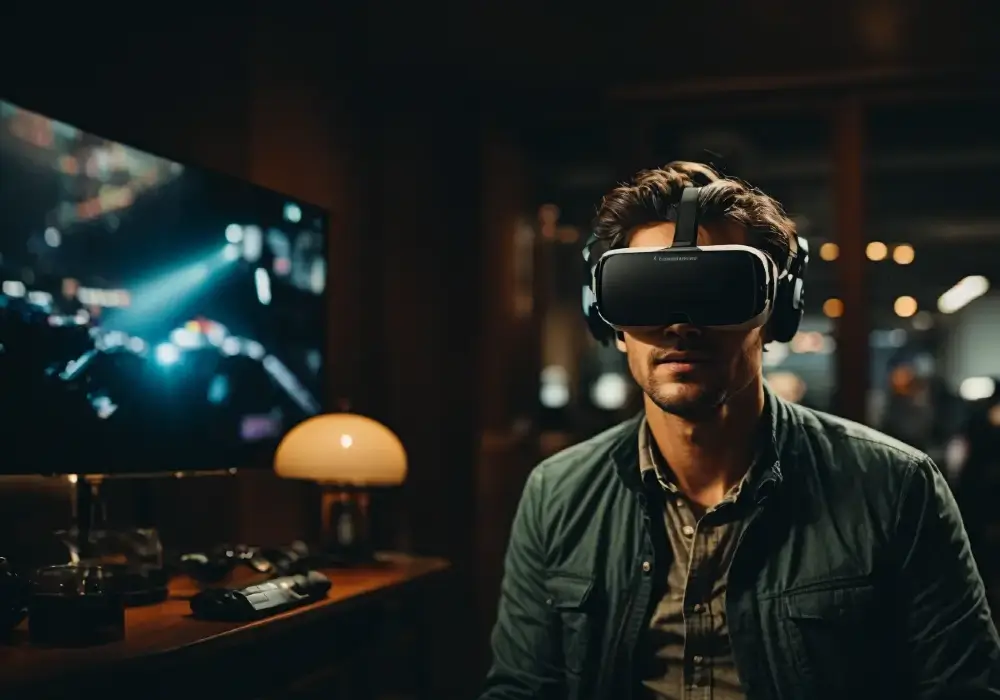
What is internet of things and how it works (IoT) ?
The Internet of Things (IoT) refers to the growing network of connected devices and objects that can communicate with each other over the internet. These devices range from everyday items such as smart home appliances and wearable fitness trackers to industrial machinery and infrastructure.
One of the key benefits of IoT is the ability to collect and analyze data from these devices, which can be used to improve efficiency, optimize processes, and enhance user experiences. For example, a smart thermostat can learn your daily routine and adjust the temperature accordingly to save energy, And wearable fitness trackers can monitor your heart rate and physical activity to help you reach your fitness goals.
However, the widespread adoption of IoT also raises concerns around security and privacy. With so many devices connected to the internet, the risk of cyberattacks and data breaches increases.
It is important for companies and individuals to take steps to secure their IoT devices and protect sensitive information.
As IoT technology continues to evolve, it has the potential to revolutionize industries such as healthcare, transportation, and manufacturing. The ability to collect and analyze data from a wide range of devices and sensors could lead to new insights and innovations that improve efficiency and drive growth.
Overall, the Internet of Things represents a significant shift in the way we interact with technology and the world around us. It is an exciting area of development that is sure to have a profound impact on our daily lives in the years to come.
The potential of the Internet of Things (IoT) is vast and far-reaching. Here are some of the key areas where IoT is expected to have a major impact:
- Industry: IoT has the potential to revolutionize industries such as manufacturing, transportation, and energy by enabling greater automation, improved efficiency, and enhanced safety.
- Healthcare: IoT devices such as wearables and connected medical devices have the potential to improve patient outcomes and reduce healthcare costs by providing real-time monitoring and data analysis.
- Smart cities: IoT can be used to improve the management of urban infrastructure and resources, such as traffic flow, waste management, and energy consumption.
- Agriculture: IoT can help farmers optimize their crop yields by providing real-time data on soil moisture, weather patterns, and other key factors.
- Retail: IoT can enhance the shopping experience by providing personalized recommendations and real-time inventory updates.
Overall, the potential of IoT lies in its ability to collect and analyze vast amounts of data from a wide range of devices and sensors. This data can be used to make informed decisions, optimize processes, and create new insights and innovations that can drive growth and improve quality of life. However, it is important to address the security and privacy concerns associated with IoT to ensure that these benefits can be realized in a safe and responsible way.






